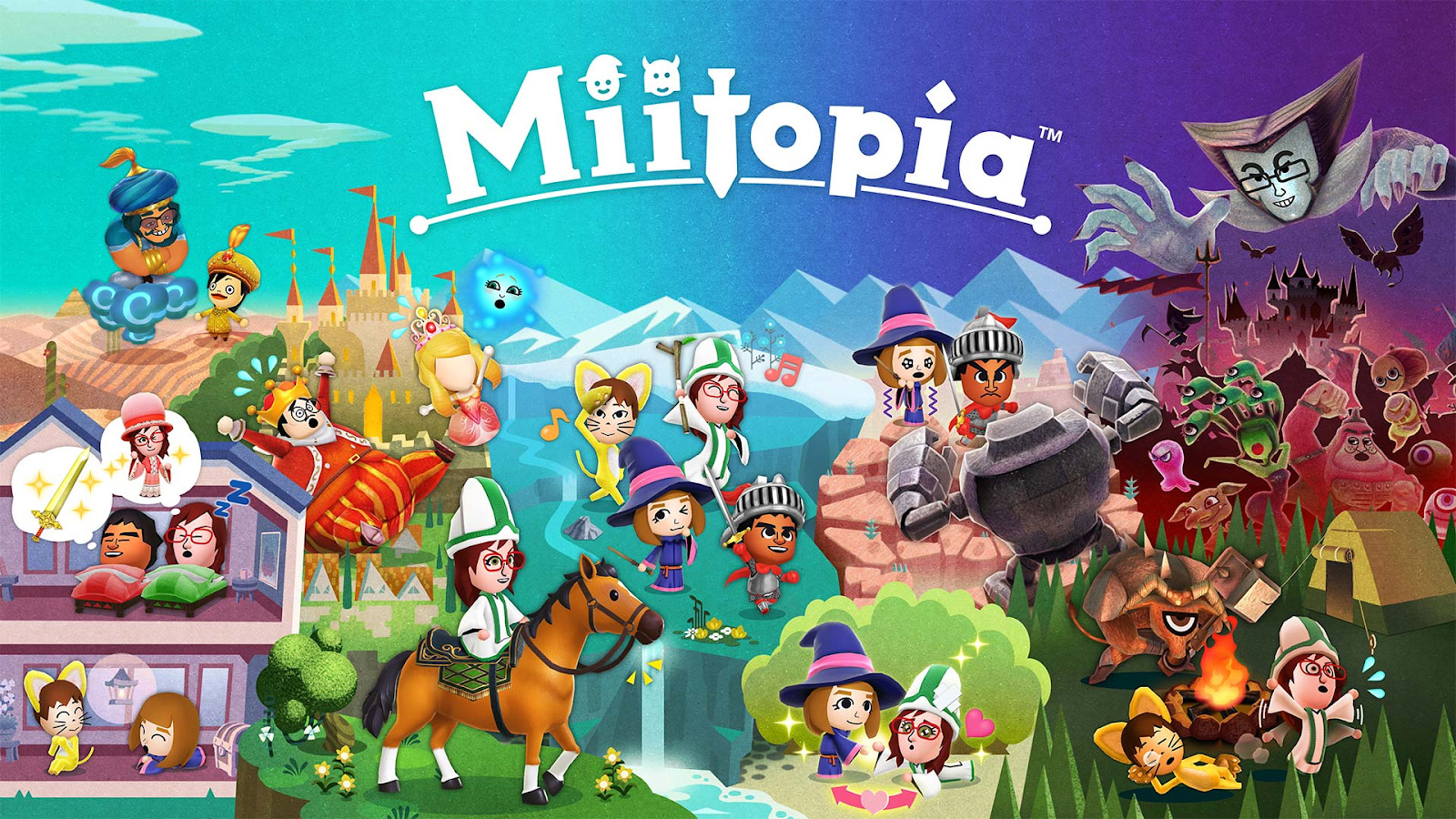Miitopia
Miitopia - A Remaster Of An Underused IP
Miitopia was originally a 3DS title released in 2017 during the twilight years of Nintendo’s handheld console which also served as the year that the Switch debut on the market. While it was one of the 3DS’s final years, it was arguably one of the best endings for any major Nintendo console with the release of Ultra Sun and Moon, Metroid Samus Returns, and the remake of Mario and Luigi: Superstar Saga during that same year among others. Miitopia was another Nintendo product within the Miiverse to focus on its titular avatars, the Miis, which were player-created characters that represented the Nintendo community for over a decade.
Unfortunately, for the majority of its player base, the game flew under the radar of most which led to the announcement of a Switch remaster a surprise for many. Four years later, many who own a Switch, which is a higher ratio to those who owned a 3DS can now experience one of the 3DS’s weirdest yet charming titles on the system in a storybook adventure that feels right at home within the Miiverse.
Colorful And Funny Animations Set The Tone In Miitopia
The premise is simple as the main character is your Mii, the hero, tasked to defeat the Dark Lord. The Dark Lord is stealing the faces of many and it’s up to you to save everyone’s faces, restoring them to their original owners, and save the world from being faceless. If the premise sounds silly, then it’s par for the course on what to expect from Miitopia with its childlike humor and occasional fourth-wall-breaking. The nameless narrator constantly controls the ebb and flow of the game, often commenting on decisions a player makes including the predicament that they place themselves in.
When a player is on the verge of death, for example, the narrator will offer advice yet in a mildly condescending tone. The player can also have the option to decline to “save the world” in which the narrator will proclaim that they must do so as the story calls for it. Depending on the personality of the Mii as well as their starting class, various hidden abilities are available to the Mii as follows. A stubborn Mii may attack twice in a row and defiantly stand up against an enemy attack while a laid-back Mii may use their fellow partner as a shield, hiding behind them as they take the damage instead. There are several jobs that a Mii can take up including Warrior, Mage, Thief, Cleric, and the two odd jobs, a Pop Star and a Chef.
Be Whoever You Want To Be (Even A Pop Star)
Of these, I decided to choose a “Pop Star” as I felt it was the most unique of the options, save for the chef, and there wasn’t much of a gameplay difference compared to say a thief. Eventually, a thief would join my party but she could attack multiple targets at once much as my Mii could. The only difference is that my Mii could allow his partner to repeat their turn, offering a bit of a support role to the party.
Every Mii created in the game is an NPC in the story, from the residents who get their faces stolen, to party members as well. This gives players a sense of personality as the general story remains the same, but the characters within the story will differ from each player’s experience. There’s an extensive editor within the game that takes the basic Mii creation to the next level, allowing players to fine-tune their characters to their liking. For a time, I recall many recreating existing characters from other forms of media on social media, which serves as an example of how in-depth this system can be.
Miitopia Runs On Auto-Pilot A Bit Too Much
The only major gripe is that the game is too automated for my liking. As your Miis set off on an adventure, they travel on their own, engaging in small quips with each other until an eventual fight breaks out. From there, the fights consist of pressing a button and waiting to see what happens.
Occasionally a character’s trait will kick in at random, altering the tide of battle, but even so, it was usually “Press A to attack” and move on until you approach an inn. The inns are ways for characters to become acquainted with each other, rest to heal their HP and SP, and increase their stat proficiency. It’s also the only area where they can buy equipment and weapons.
Hopefully Nintendo Can Bring Back Other Fan Favorites
This cycle continues until the party inevitably reaches a boss or a strong monster at the end of the path, which upon defeat will allow the player to return to the overworld and select a new location. Almost all events happen with very little input from the player, which turns Miitopia from that of an RPG with an interesting premise to a storybook involving a player’s creative Miis. The option to enter a “replay” mode, allowing players to take snapshots of their Mii in combat, further emphasizes the social aspect the game advertises with the RPG elements playing second fiddle.
Overall it wasn’t a bad experience even though after it became apparent that Miitopia wasn’t the “epic RPG” that it had advertised itself on the cover, it was more of a let-down. Still, for its target audience, there’s an abundance of charm while preventing it from being too “kiddy” or “hand-holding” to its player-base. Miitopia is worth a try due to its playable demo and if one enjoys it, then purchasing the game would be the next logical step.
Miitopia is available on the Nintendo Switch.

